Alleviate Pain with Effective Foam Rolling Techniques
Foam Rolling for Plantar Fasciitis: Techniques and Strategies
Plantar fasciitis causes painful heel discomfort, impacting daily activities. This inflammation affects the plantar fascia, the tissue on your foot’s bottom. Foam rolling provides a simple and effective way to relieve discomfort. This blog explores techniques and strategies for foam rolling to manage plantar fasciitis.
Understanding Foam Rolling
Foam rolling involves self-myofascial release. It helps release muscle tightness and boosts blood flow. You can target different muscle groups with a foam roller. This technique applies pressure to specific body areas. As a result, you reduce muscle soreness and enhance flexibility.
Why Foam Rolling Helps
Foam rolling improves circulation in affected areas. Increased blood flow aids recovery and reduces inflammation. It also breaks up knots in the fascia, alleviating tension. Incorporating foam rolling into your routine helps relieve pain.
Techniques for Foam Rolling the Foot
Use various techniques when foam rolling for plantar fasciitis. Here are effective methods to try:
1. Rolling the Arch
Sit on the floor with your legs extended. Place the foam roller under your foot on the arch. Gently roll your foot back and forth. Apply moderate pressure and adjust as needed. Spend 1-2 minutes on each foot. This technique releases tightness in the arch.
2. Targeting the Calves
Tight calf muscles can worsen plantar fasciitis. To foam roll your calves, sit with your legs straight. Place the foam roller under your calves. Lift your hips and roll from your knees to your ankles. Focus on tender spots for about 30 seconds. Repeat for each calf.
3. Rolling the Hamstrings
Tight hamstrings can affect your feet. To foam roll the hamstrings, sit with your legs extended. Position the foam roller under your thighs. Lean back and roll from your glutes to your knees. Spend about 30 seconds on each leg. This technique releases tension traveling down to your feet.
Additional Strategies for Relief
Consider these strategies to complement your recovery:
Stretching
Incorporate stretching into your routine. Focus on calves, hamstrings, and feet. Simple stretches like calf raises and toe stretches improve flexibility. Hold each stretch for 15-30 seconds. Aim to stretch at least twice a day.
Footwear Choices
Evaluate your footwear choices. Poor shoes can worsen plantar fasciitis. Opt for supportive shoes with cushioning. Avoid high heels and flip-flops. Choose shoes that provide stability and arch support.
Gradual Activity Increase
If you’ve recently increased activity, scale back. Gradually reintroduce activities to avoid foot strain. Listen to your body and adjust your routine as needed.
Benefits of Foam Rolling for Plantar Fasciitis
Foam rolling offers numerous benefits for plantar fasciitis sufferers:
1. **Pain Relief**: Foam rolling alleviates foot pain. Targeting the plantar fascia helps relieve sharp heel pain.
2. **Improved Flexibility**: Regular foam rolling enhances range of motion. This improvement leads to better foot function.
3. **Enhanced Recovery**: Increased blood flow aids recovery. Foam rolling helps muscles recover faster after workouts.
4. **Reduced Muscle Tension**: Foam rolling breaks up knots and tension. This leads to improved overall foot health.
5. **Better Balance**: Improved flexibility and reduced pain enhance balance. This positively affects your daily activities.
Conclusion
Foam rolling serves as a valuable tool for managing plantar fasciitis. Incorporate the discussed techniques and strategies to alleviate pain and improve foot health. Combine foam rolling with stretching, proper footwear, and gradual activity increases. With consistency and dedication, you can relieve plantar fasciitis and enjoy daily activities again. Don’t let foot pain hold you back!
Below are related products based on this post:
FAQ
What is foam rolling and how does it help with plantar fasciitis?
Foam rolling is a self-myofascial release technique that helps relieve muscle tightness and improve blood flow. For plantar fasciitis, foam rolling enhances circulation in the affected areas, reduces inflammation, and breaks up knots in the fascia, alleviating tension and pain.
What techniques can I use to foam roll for plantar fasciitis?
Effective techniques for foam rolling plantar fasciitis include rolling the arch of your foot, targeting the calves, and rolling the hamstrings. Each technique involves applying pressure with the foam roller on specific muscle groups to release tightness and improve flexibility.
Are there additional strategies I should consider alongside foam rolling?
Yes, in addition to foam rolling, consider incorporating stretching exercises, evaluating your footwear choices for better support, and gradually increasing your activity levels to avoid foot strain. These strategies can further enhance recovery and relieve plantar fasciitis symptoms.


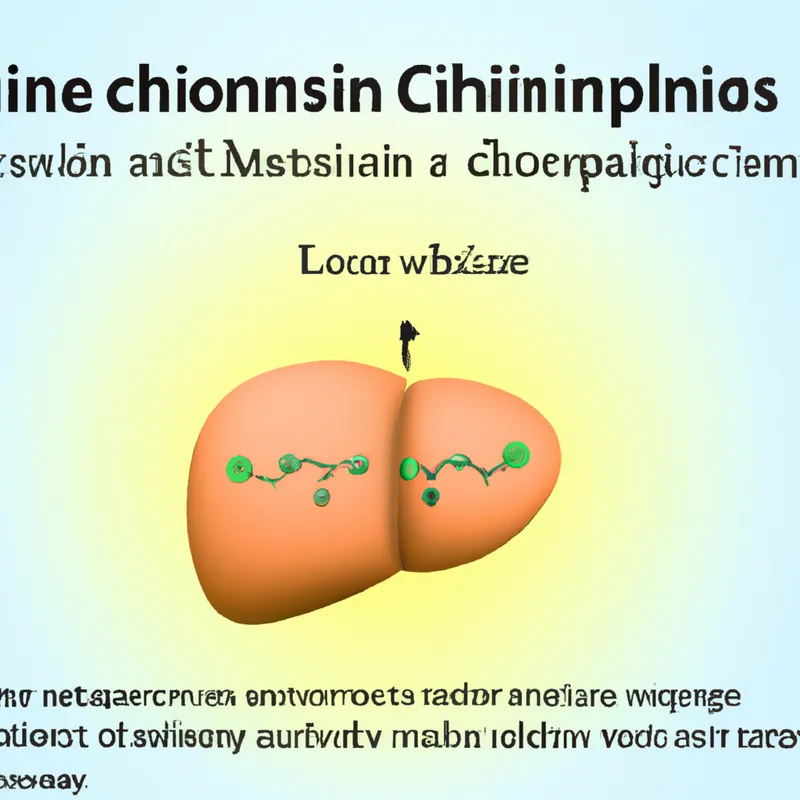

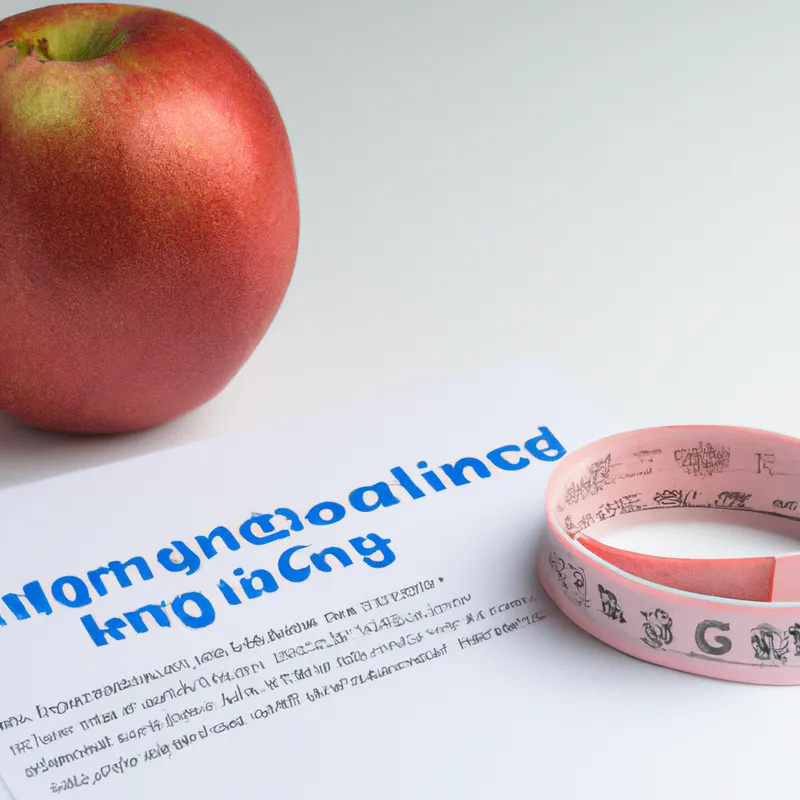


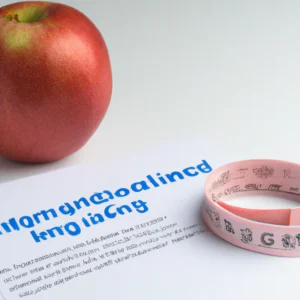
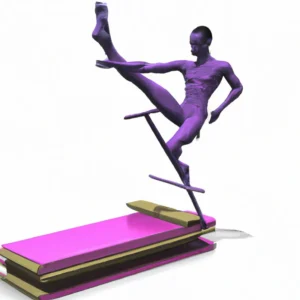



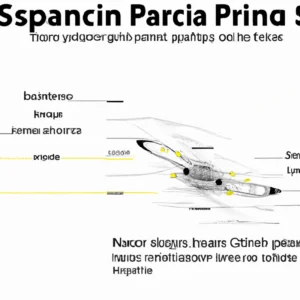

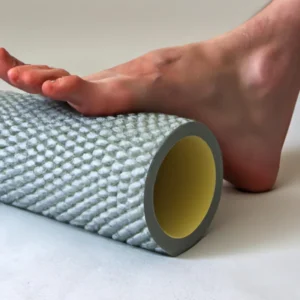
Post Comment